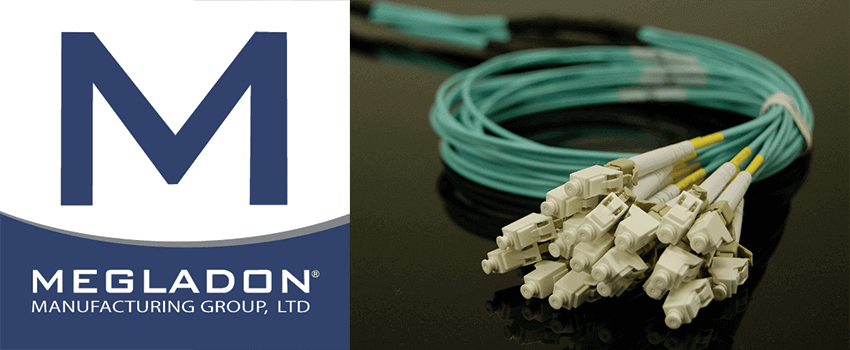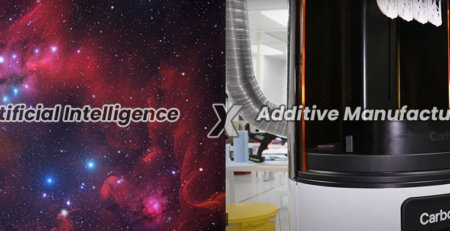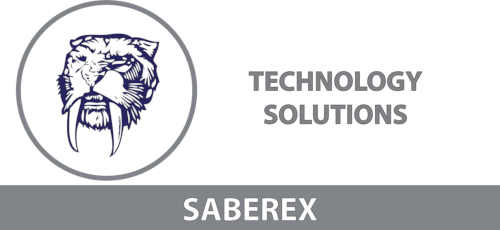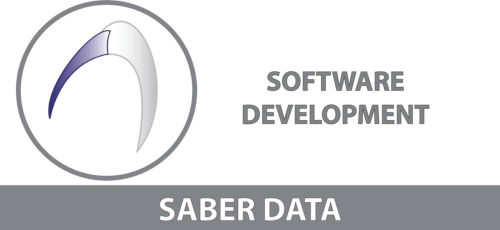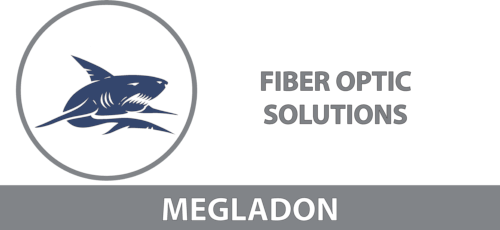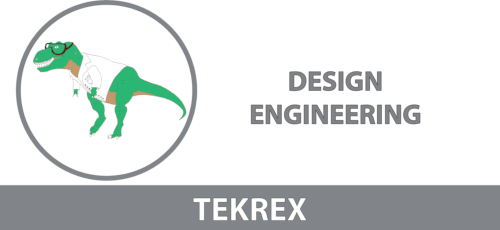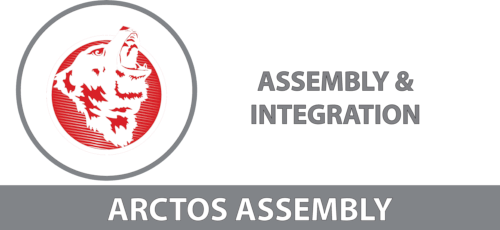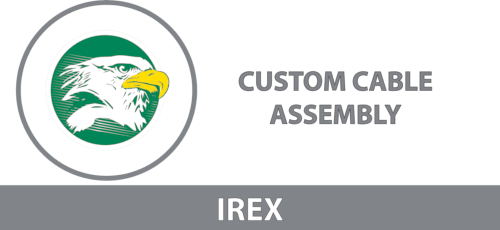Employee Editorial: Daniel Hogberg
Amit2025-03-11T16:04:23+00:00 Daniel Hogberg: Megladon Innovates in the Fiber Optics Industry I would like to take this opportunity to share with the Tyrex Family and friends some information about Fiber Optics and its influence on modern communications. My hope is that after reading this, you will understand what makes Megladon Manufacturing unique and better appreciate the value that Fiber Optics brings to the information revolution. What are Fiber Optics? Fiber Optics are very small strands of pure glass that are used to transmit high volumes of information over both short and long distances. The fibers are very small and delicate to work with. A single strand of fiber optic glass is smaller in diameter than a single human hair. The thin glass strands are coated with a special plastic that traps the light inside the strands and prevents it from escaping, and keeps the signal moving from one end to another. The fiber optic allows signals to be sent at the speed of light over many miles, and all without losing information. There are many advantages to using fiber optics, and these in particular highlight why fiber was selected as the foundation of modern data transmission: 1) Fiber is thinner, smaller and more efficient. Light signals can travel over long distances, and do not degrade as quickly as in copper. The small size of fiber optics allows us to cram more communication channels in a smaller footprint than ever before, and transmit more information with less infrastructure. 2) Fiber is safe to handle – There is no electricity passing through the fiber, just pulses of light. There is no risk of electrocution and fiber transmission is weather proof. Fiber does not generate heat like cables transmitting electrical signals. Water, humidity, EMI and electrical shock will not impact the fiber’s transmission and performance. 3) Fiber is Fast – The light doesn’t actually move faster inside the fiber, in fact electricity and light travel at roughly the same speed. What I mean by fast is that with fiber we can transmit huge amounts of data at a time, allowing for increased capacity. The current record for a single fiber transmission is 15.5 Terabits per second. To put that in perspective, that single fiber cable transmitted enough information to provide 10.3 million homes with a DSL internet connection. Why are they important? Fiber optics are the foundation of modern communications, and although you rarely get to see them in action in your home and workplace, they are always around us. Most telephone and internet signals are transmitted through fiber optics, and now HD cable TV is also being supported by fiber optics in most areas. All cell towers and antenna systems are supported by fiber optic infrastructure, so every call or text is being routed through a fiber network at some point. Think about how this impacts all aspects of your life…..You can’t even make a cell phone call without fiber. You can not check you email without fiber. You cannot even watch Cable TV without fiber connections. People today are more connected than ever before. Last year (2011), smartphone owners used an average of 150MB of data per month, and tablet users consumed 517MB per month. By the year 2016, CISCO forecasts that smartphones users will use 2576MB/month and tablets will use 4223MB/month. That is a 1600% increase in cell phone data usage alone! In only 5 years time, we will use 16x more data per person on our phones than we use right now, and that does not include the increases on all the other “connected” products we use daily. This growth will require an expansive amount of fiber optic infrastructure to support it. It is clear that fiber is essential to the growth of business and individual communications, and that fiber will play the foundation role in our communications for many years to come. It is critical that we support it with the highest quality fiber assemblies available. Who is Megladon and why are we important to the Fiber Optic Industry? Megladon is a member of the Tyrex Technology Family of companies, and was started 12 years ago to focus on building fiber optic cable assemblies and related fiber products. There are many companies around the world that build fiber cable assemblies, so the important question is…..What makes Megladon Special? How have we survived the ups and downs of the communication industry with a commoditized product like fiber cables? The answer is that Megladon uses a patented process to make our cables, and they are unique compared to every other cable manufactured. Megladon uses a high power CO2 laser to cut the glass at the end of every fiber cable we make, and we call this the Hardened Lens Contact (HLC) termination process. This laser cut makes a small lens on the end of the cable that is extremely durable and beneficial to transmitting light. All other fiber cables are built by cutting the glass with a sharp knife/scribe, and then polishing the glass so light can get through. With the HLC process, we create a perfect end to the fiber that transmits light better than any other in the marketplace. Our HLC connectors preserve the integrity of the light transmission, and our customers work with us because they cannot afford to have communications challenges. Megladon’s products are used in a variety of industries because of their exceptional optical performance and durability, but it is important to note that there is more than just technology that sells our products. Our customers trust us because we are committed to designing and building cutting edge fiber systems, but also because we are an organization with heart. Our products are successful because of meaningful relationships with our customers, and a commitment to providing them with the best fiber products on every order. Having the best product is not always enough, and we focus on fostering long term partnerships with all of our customers. I hope that this has been informative and that it both answers and inspires questions regarding fiber optics and their role in our day to day lives. Megladon is committed to innovation in fiber connectivity and will play a pivotal role in the coming years as our demand for information becomes more difficult to keep up with.

